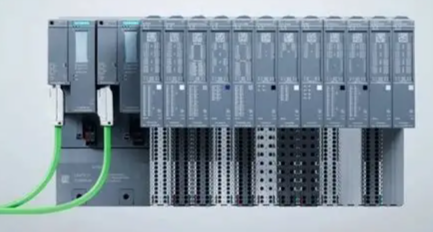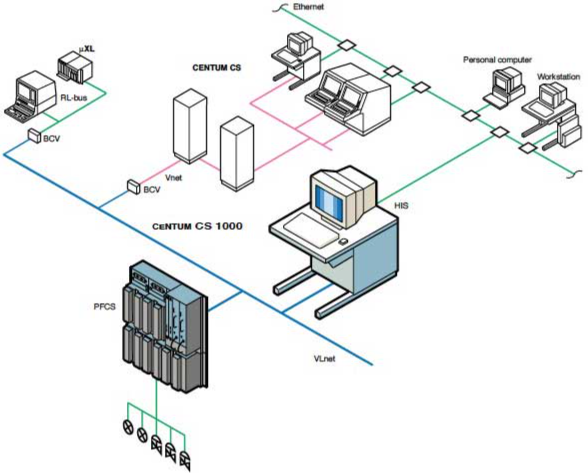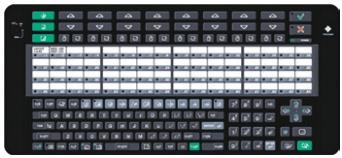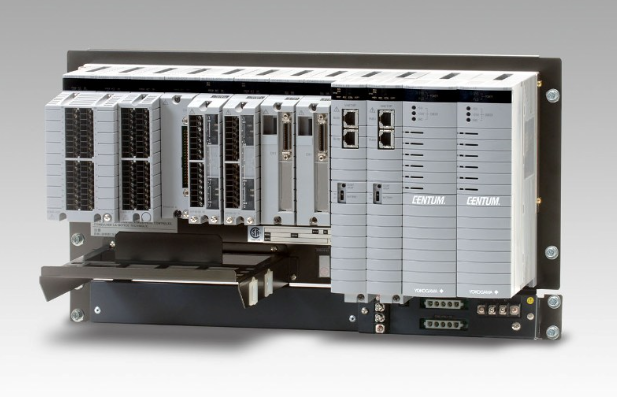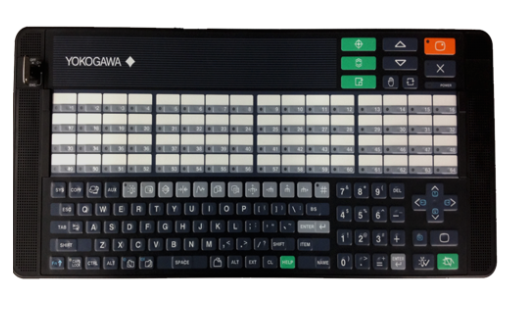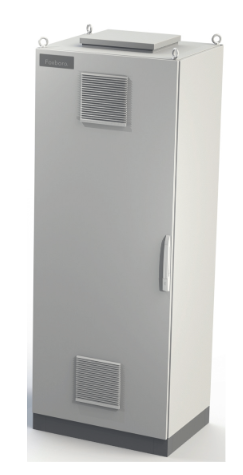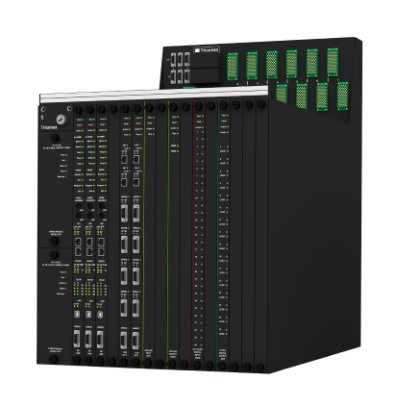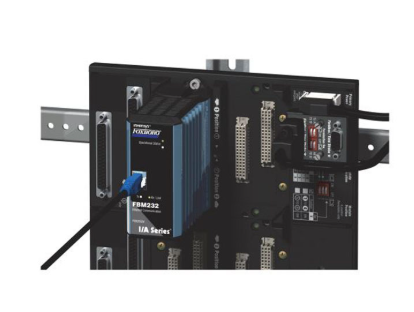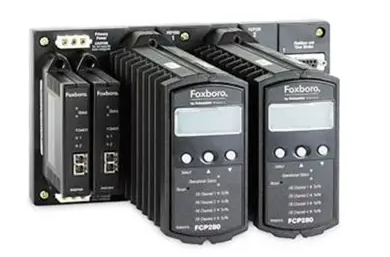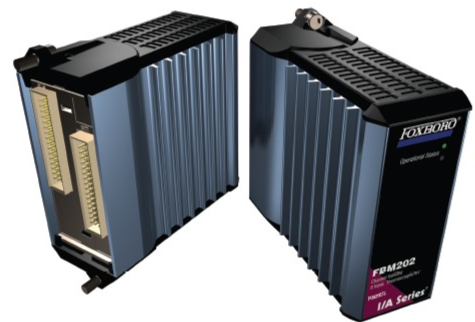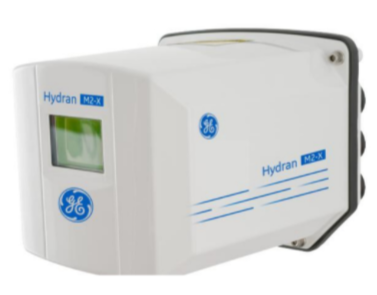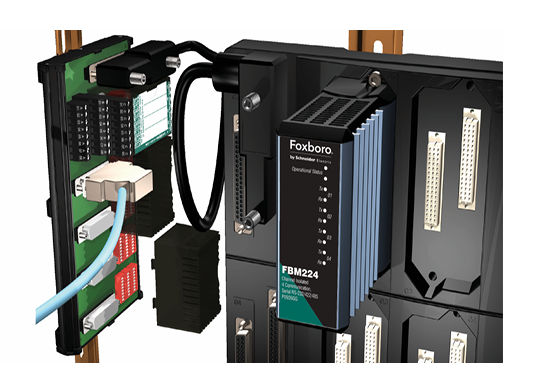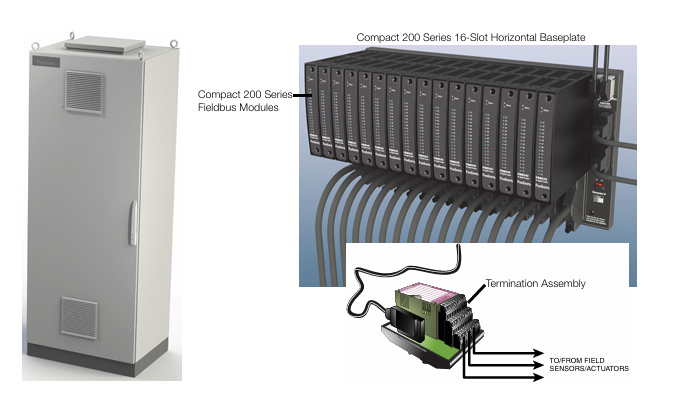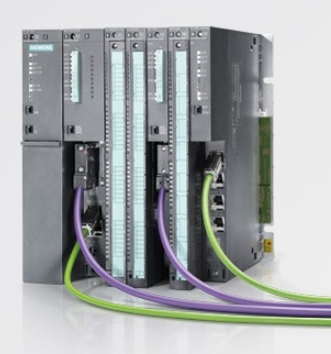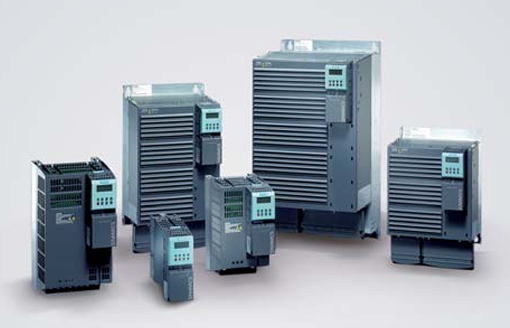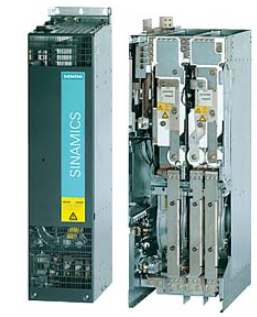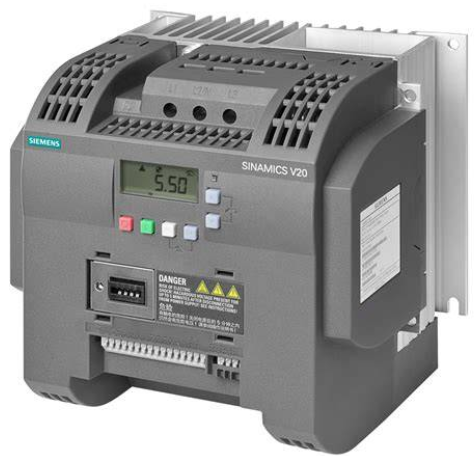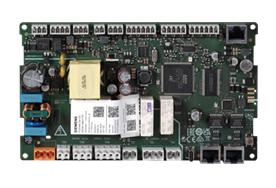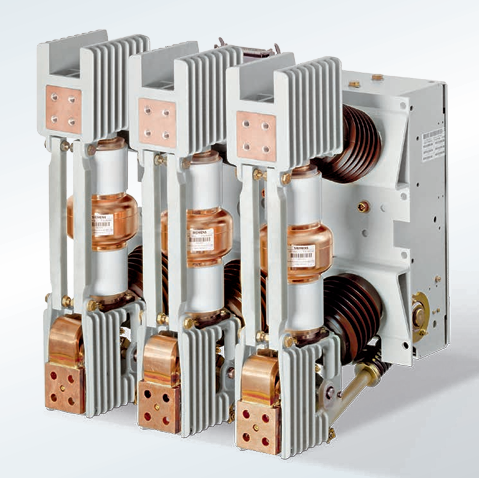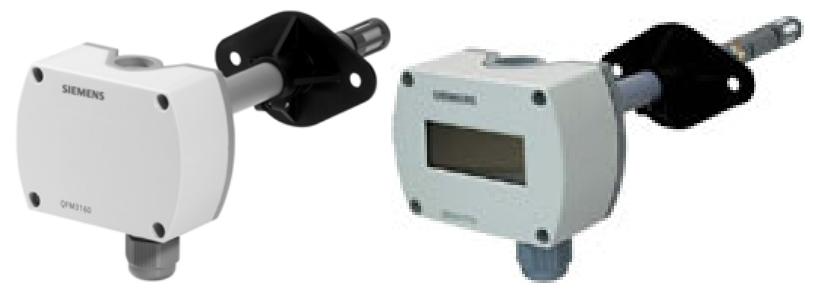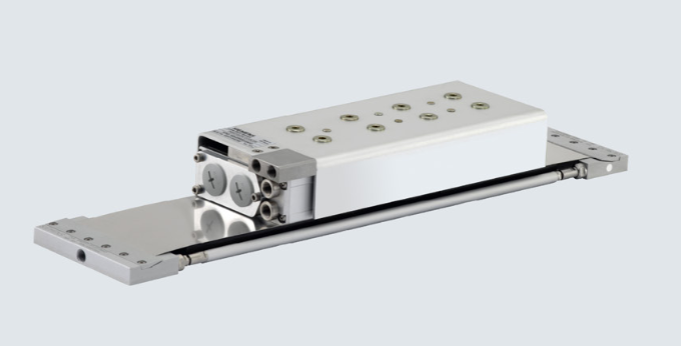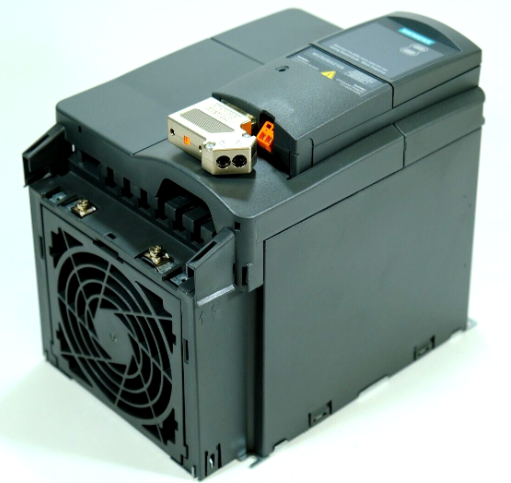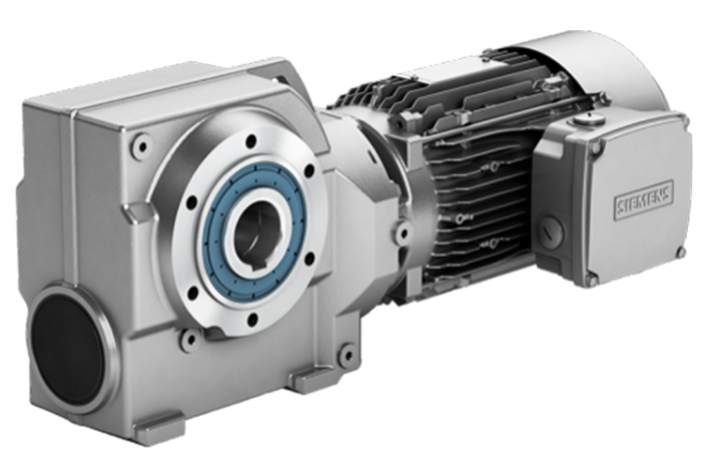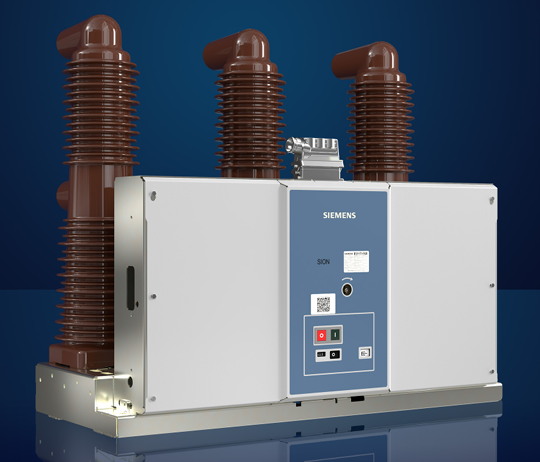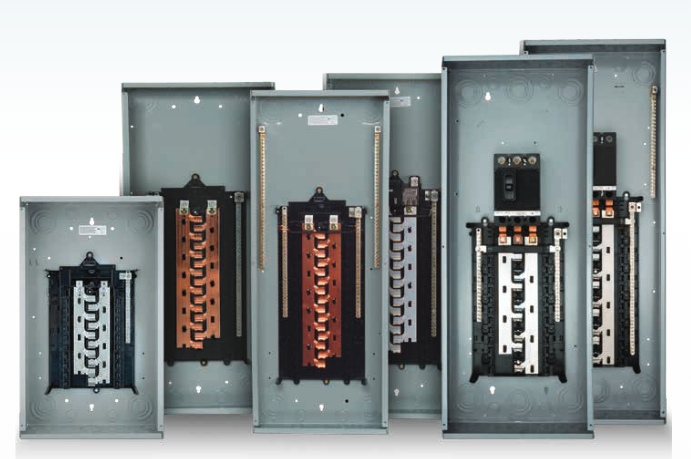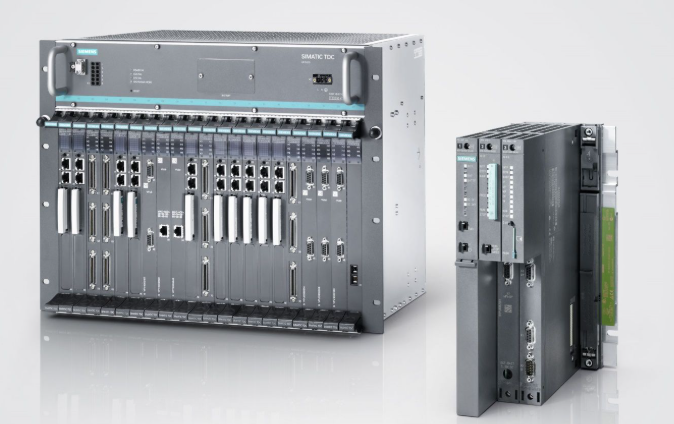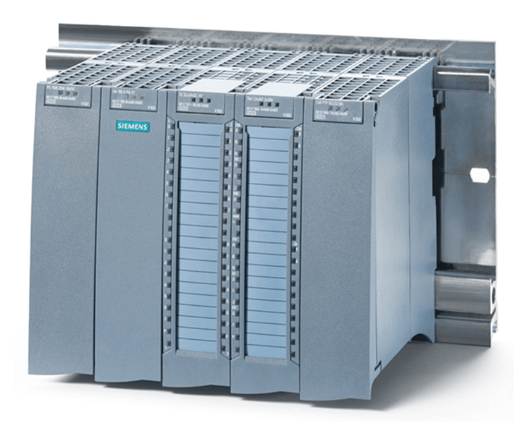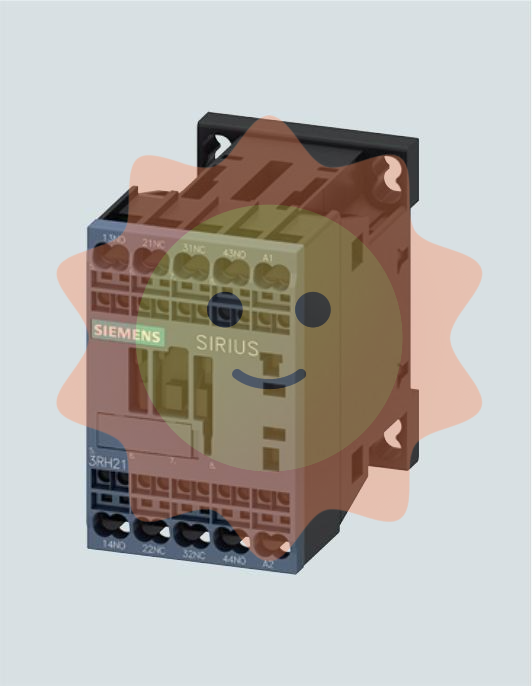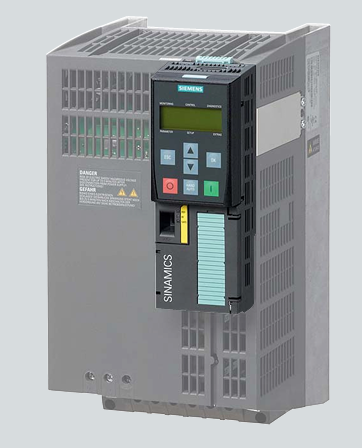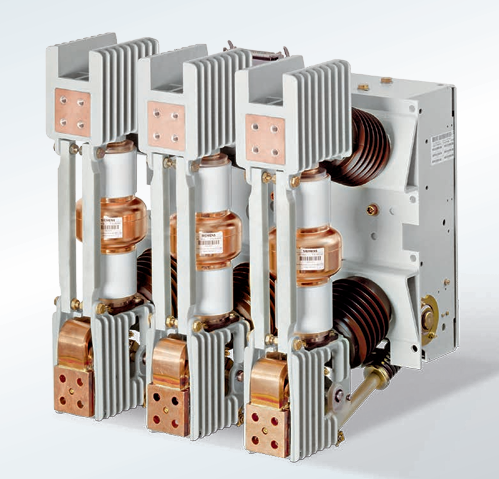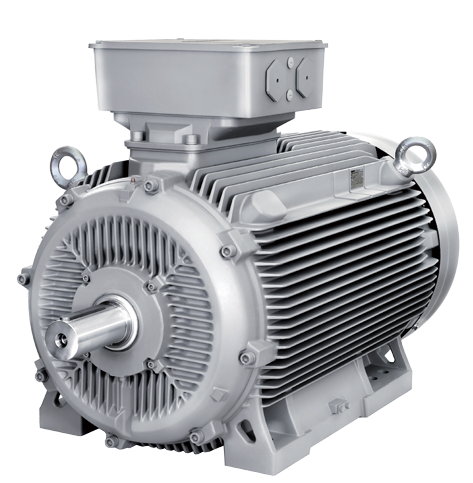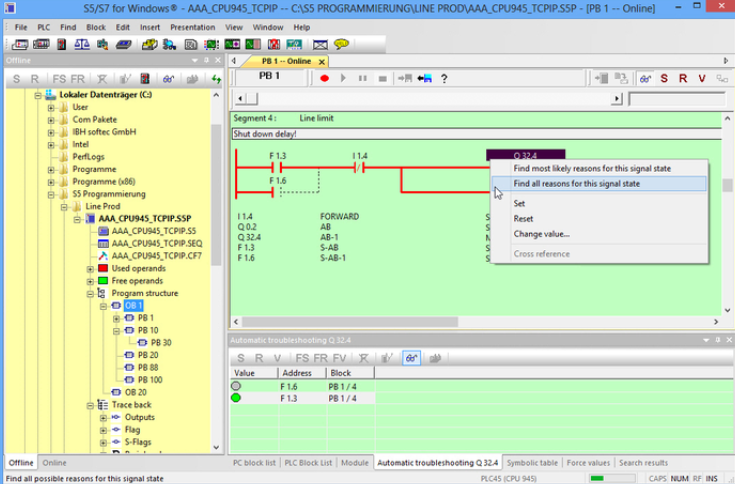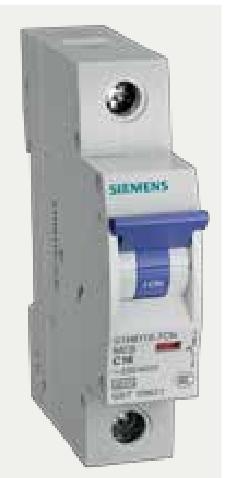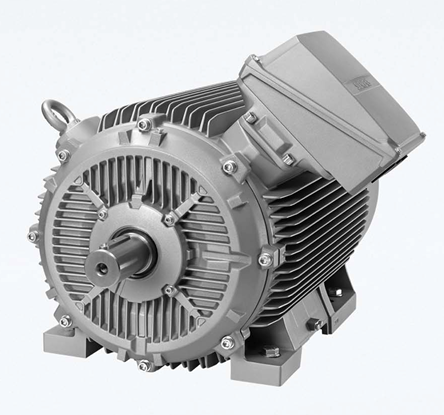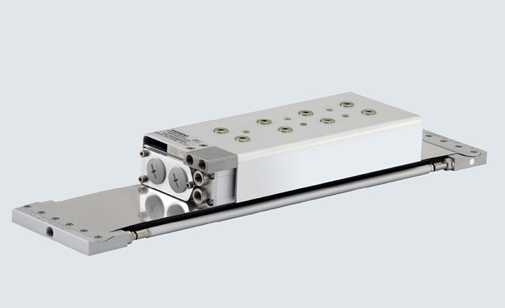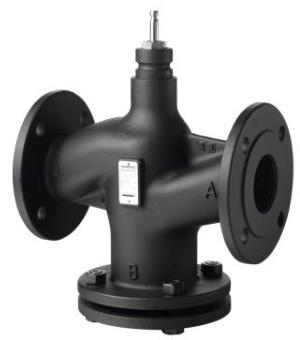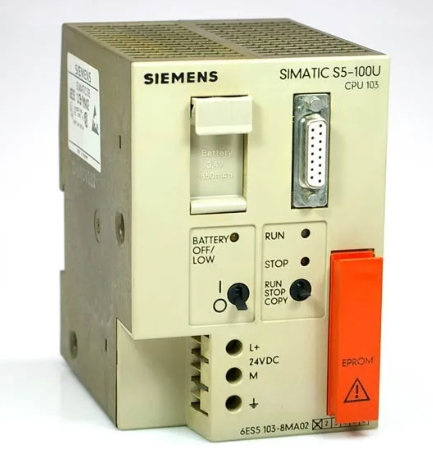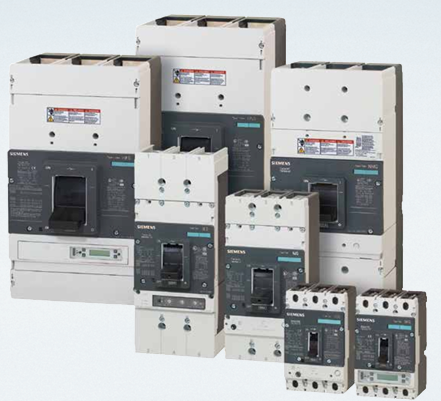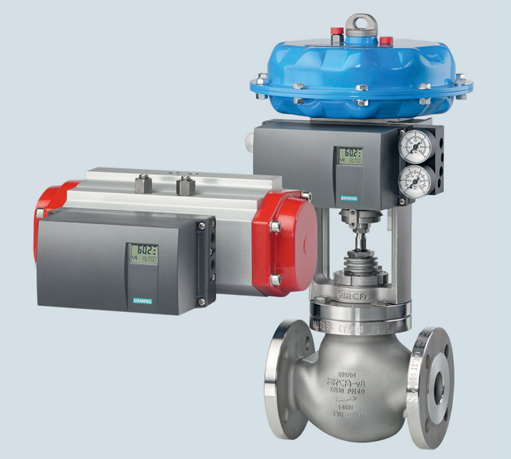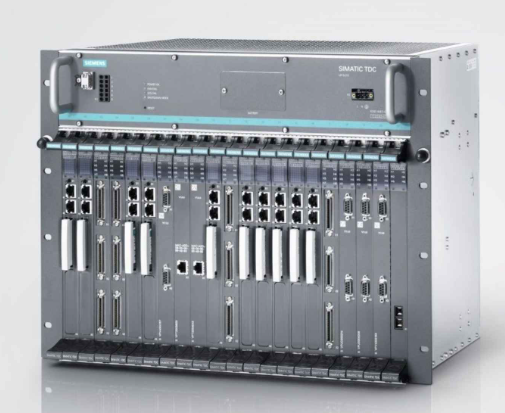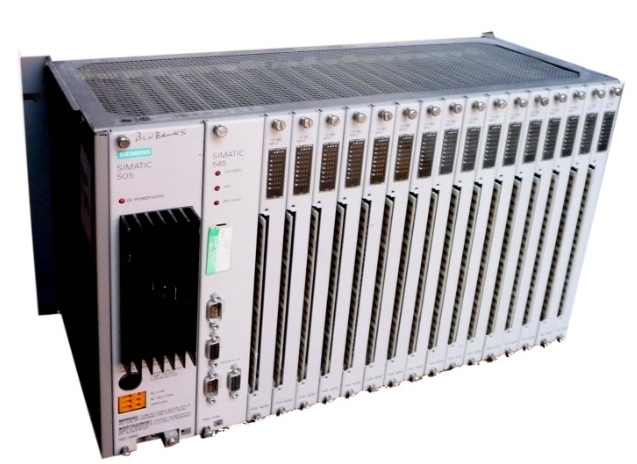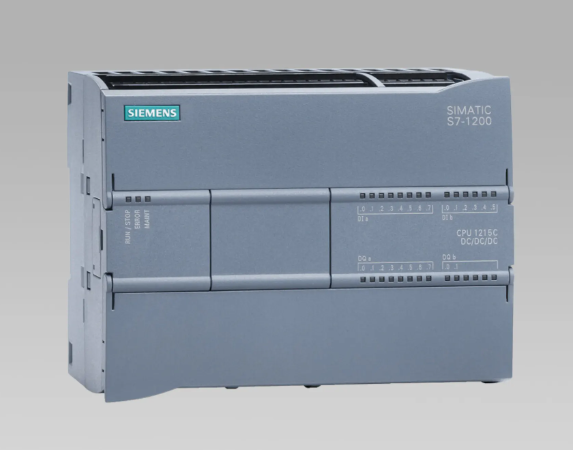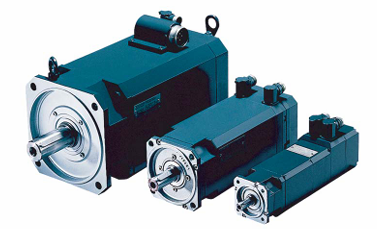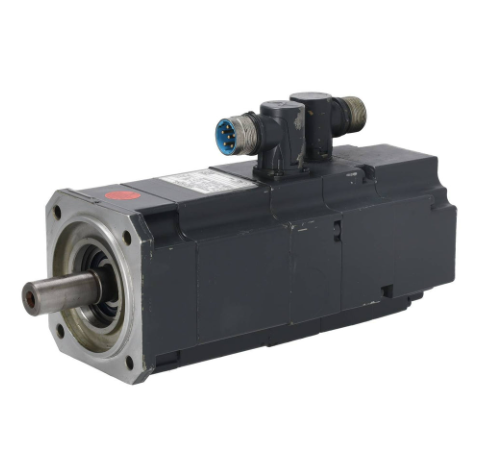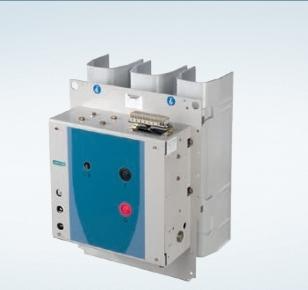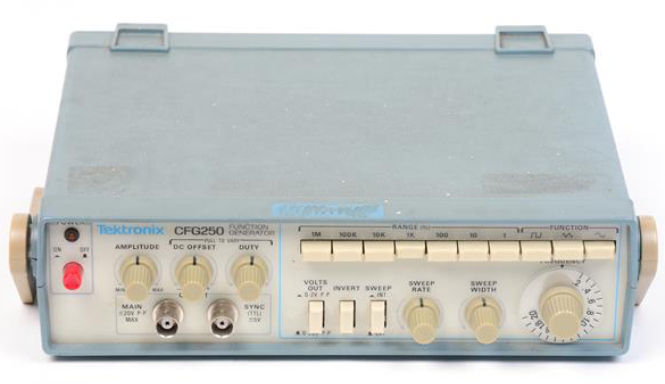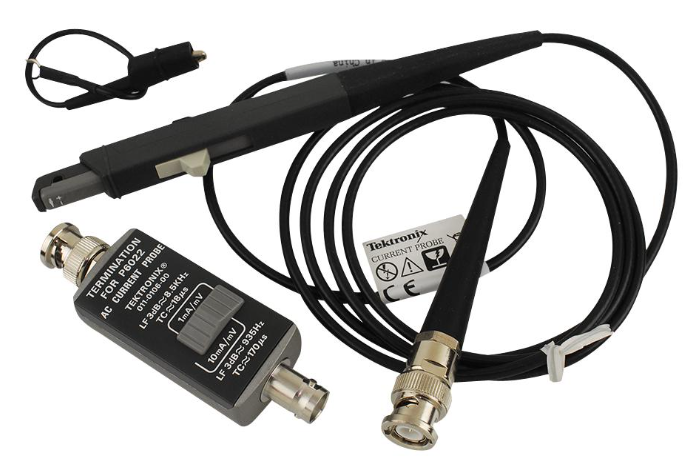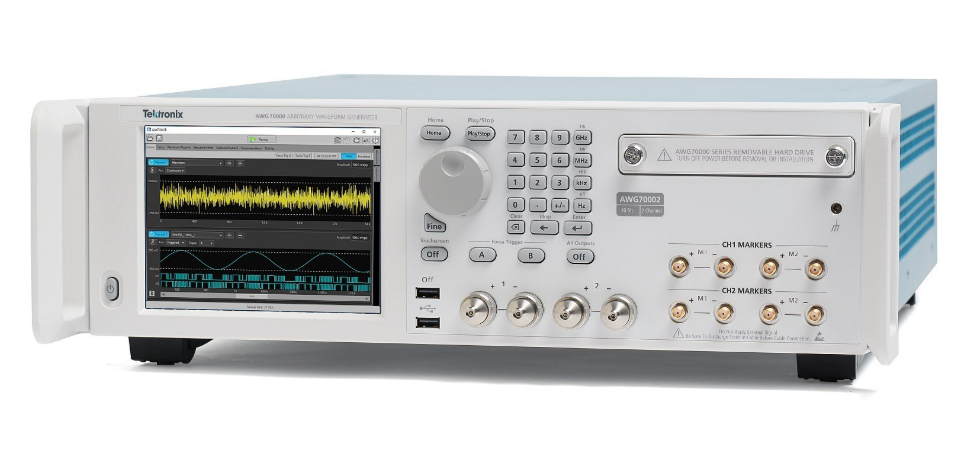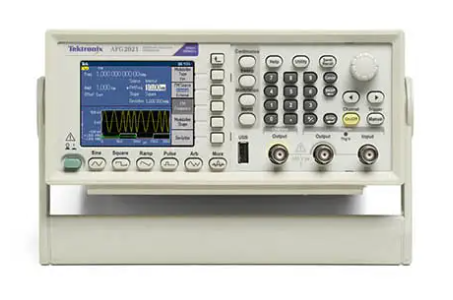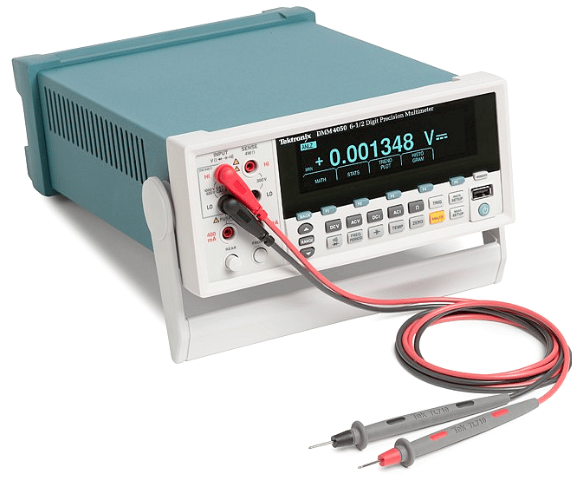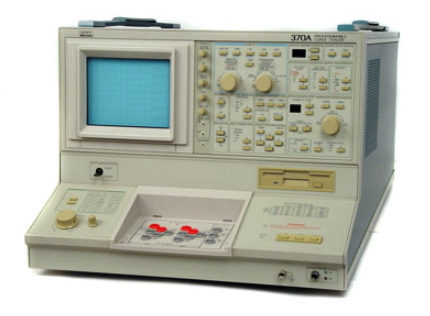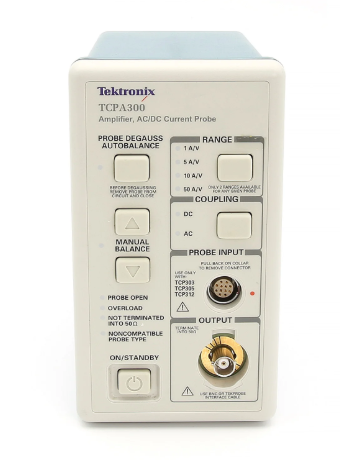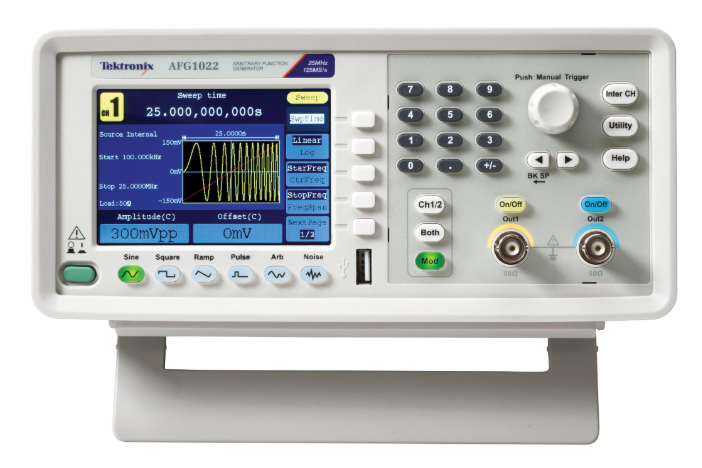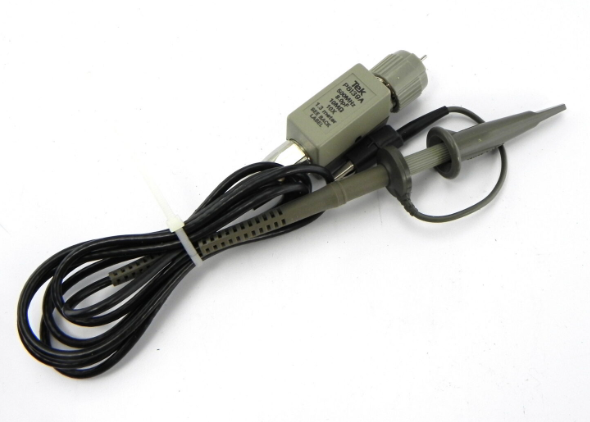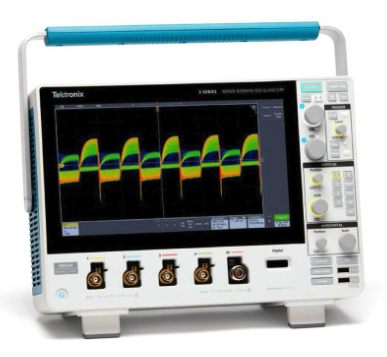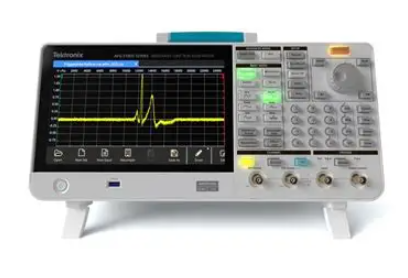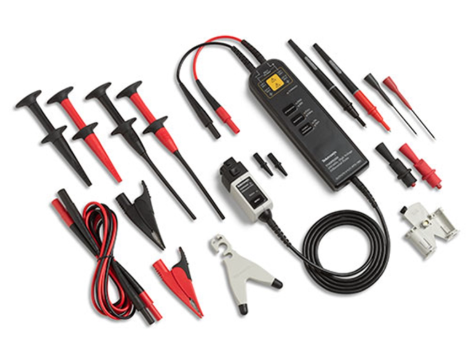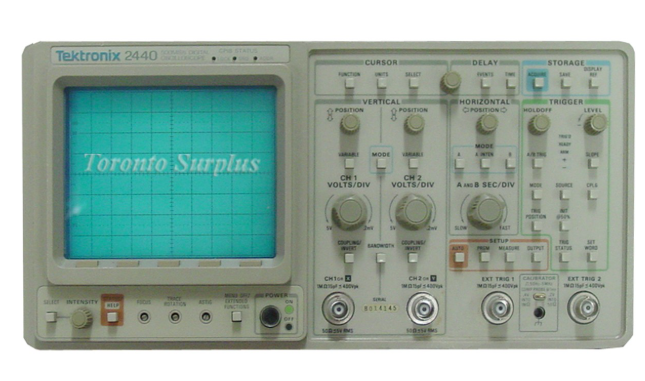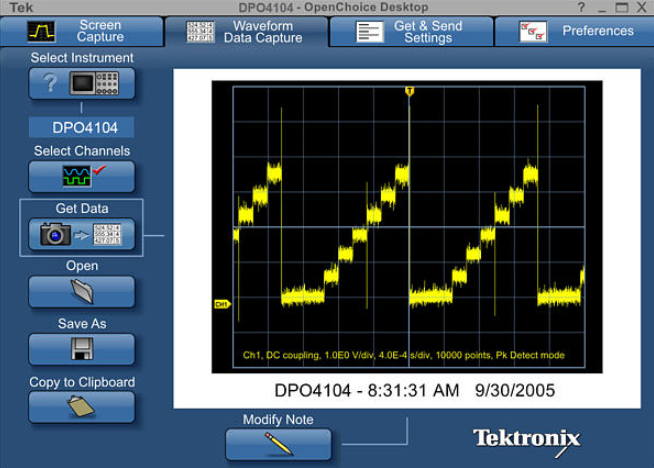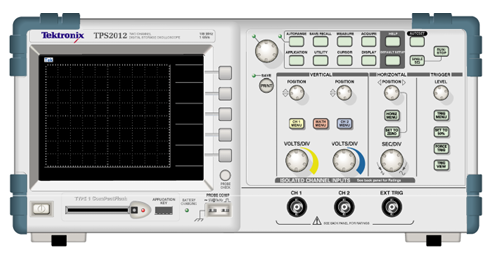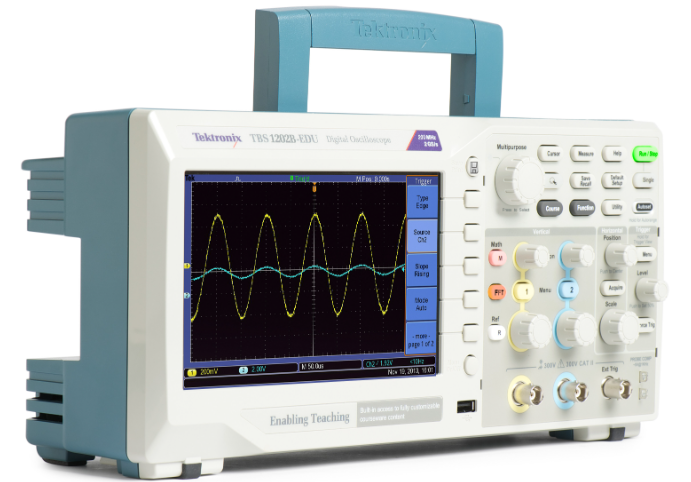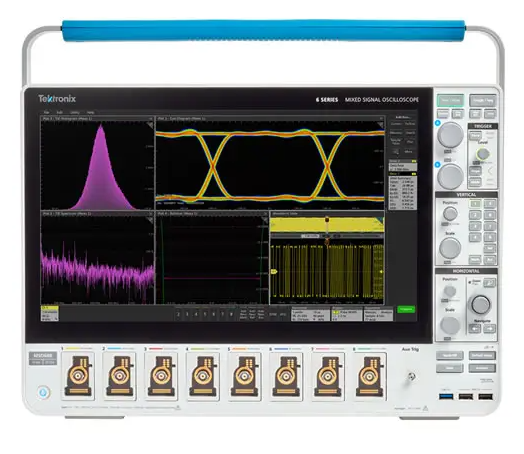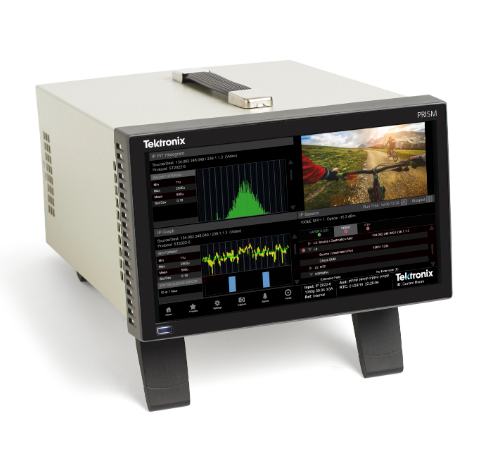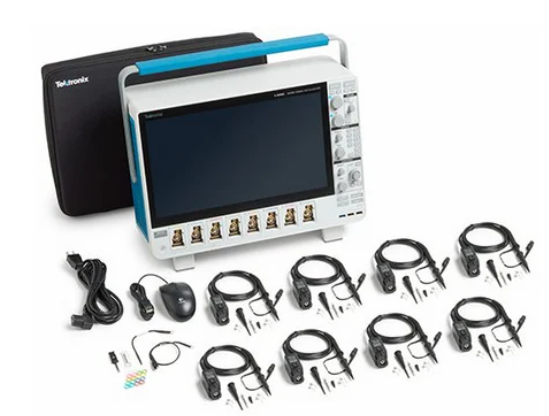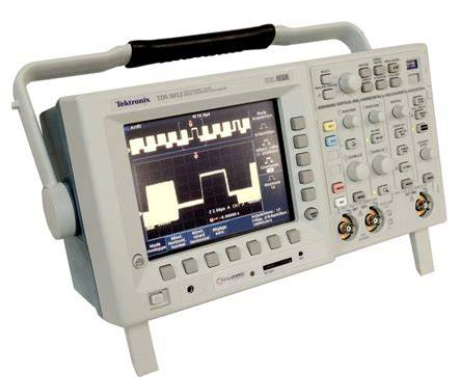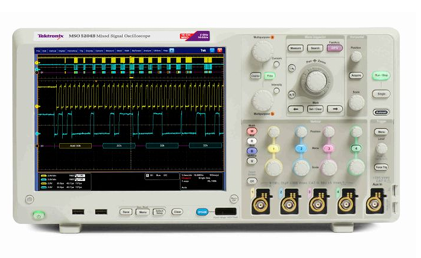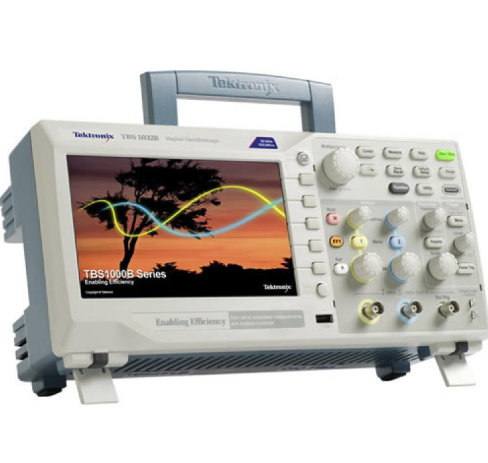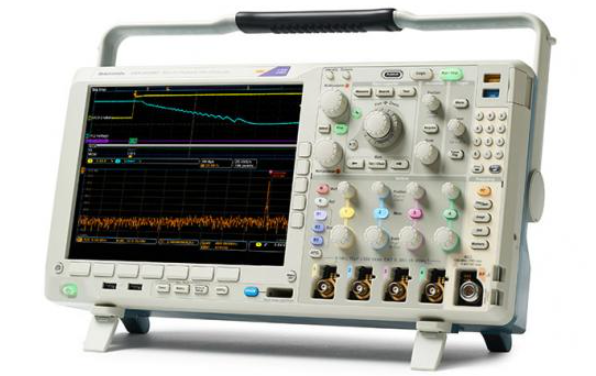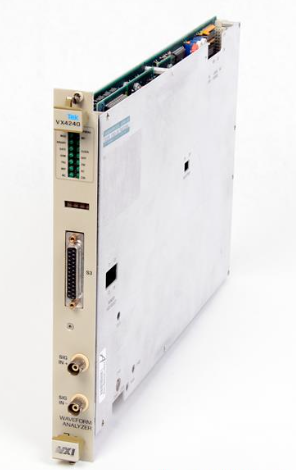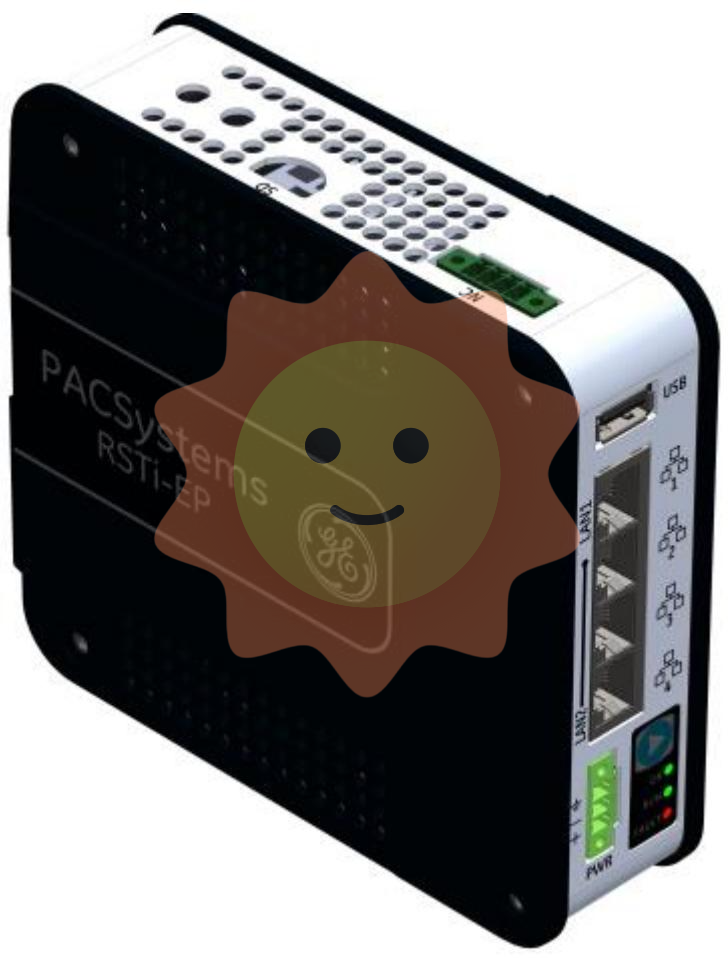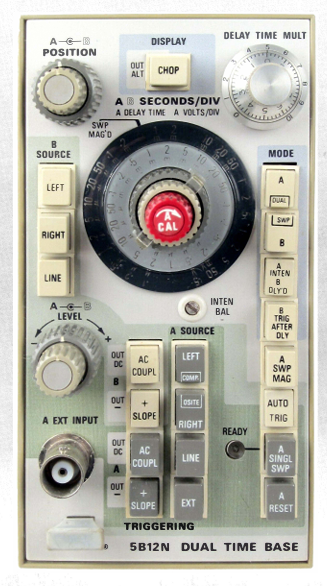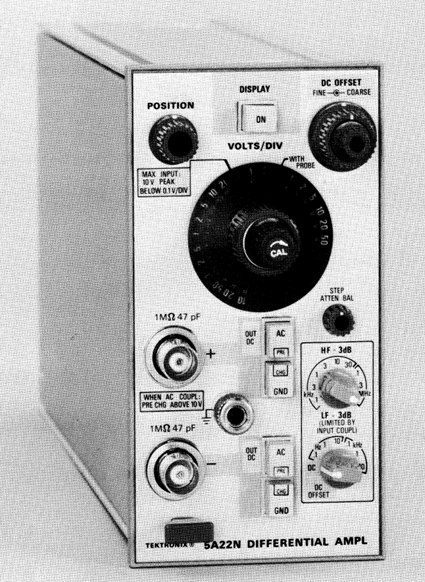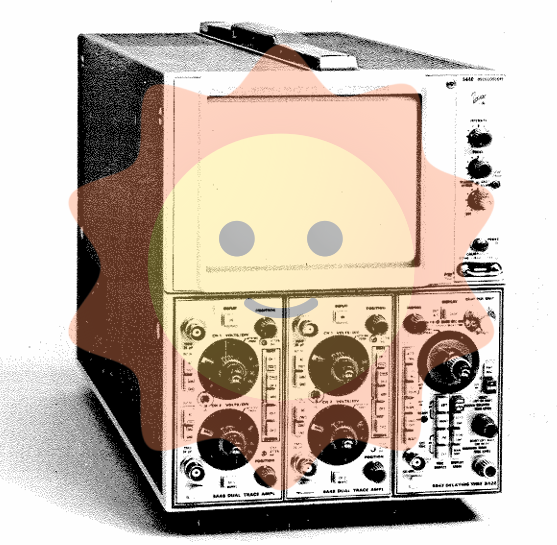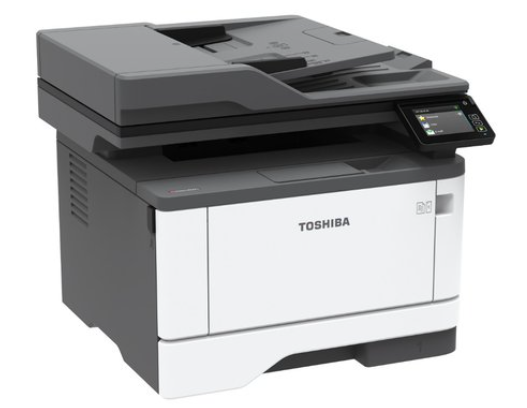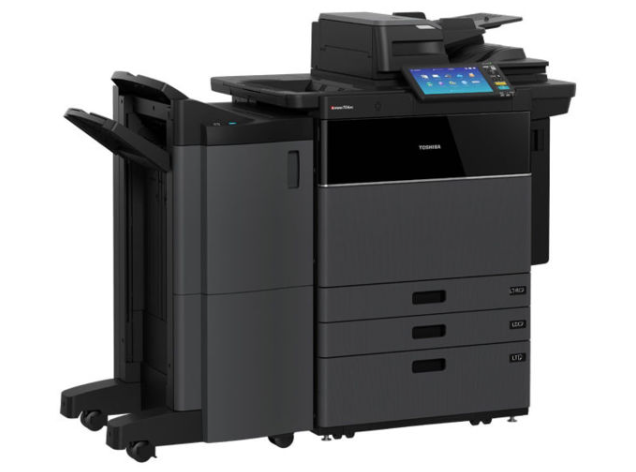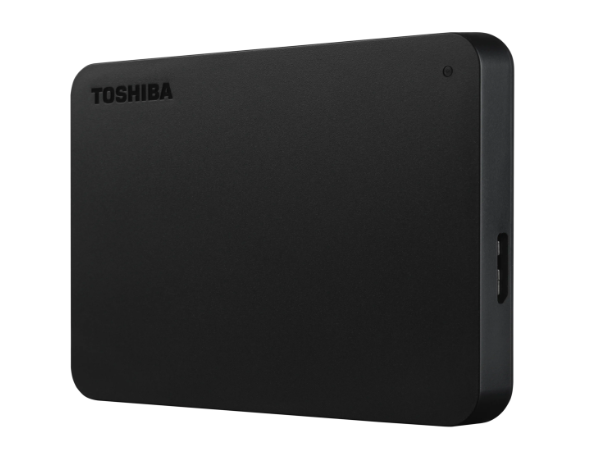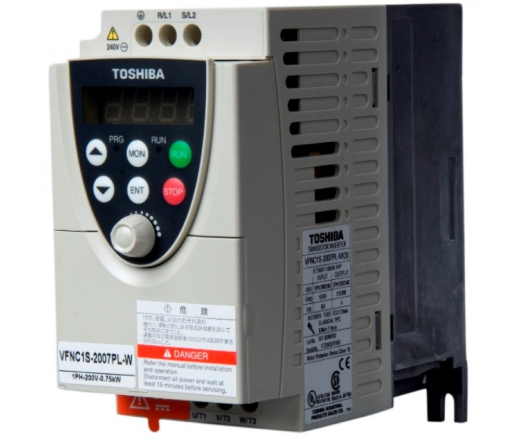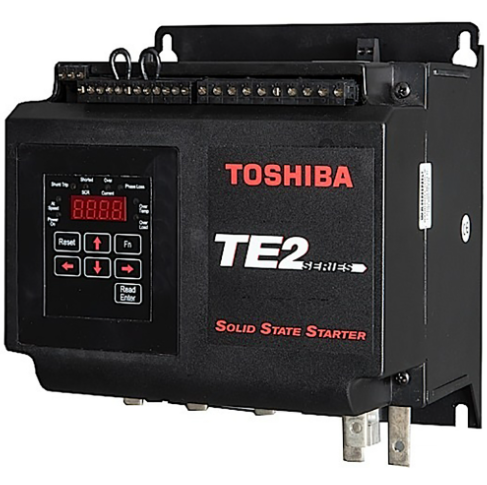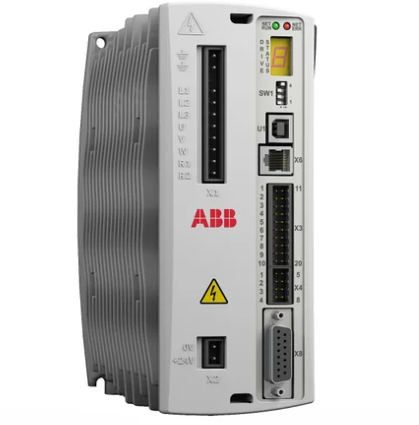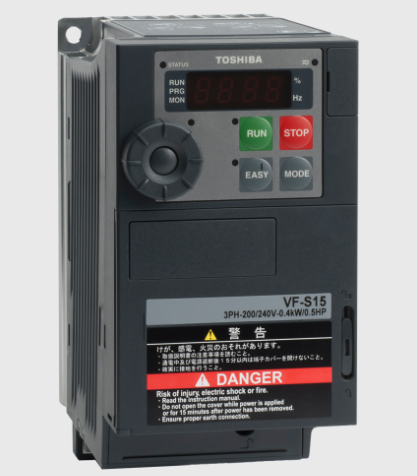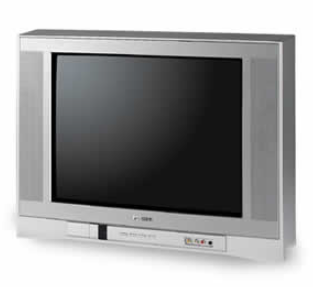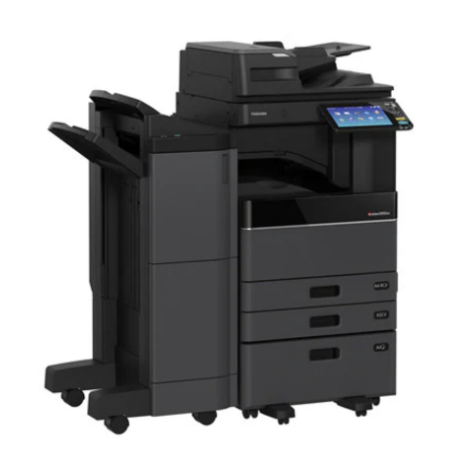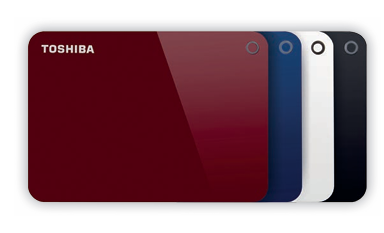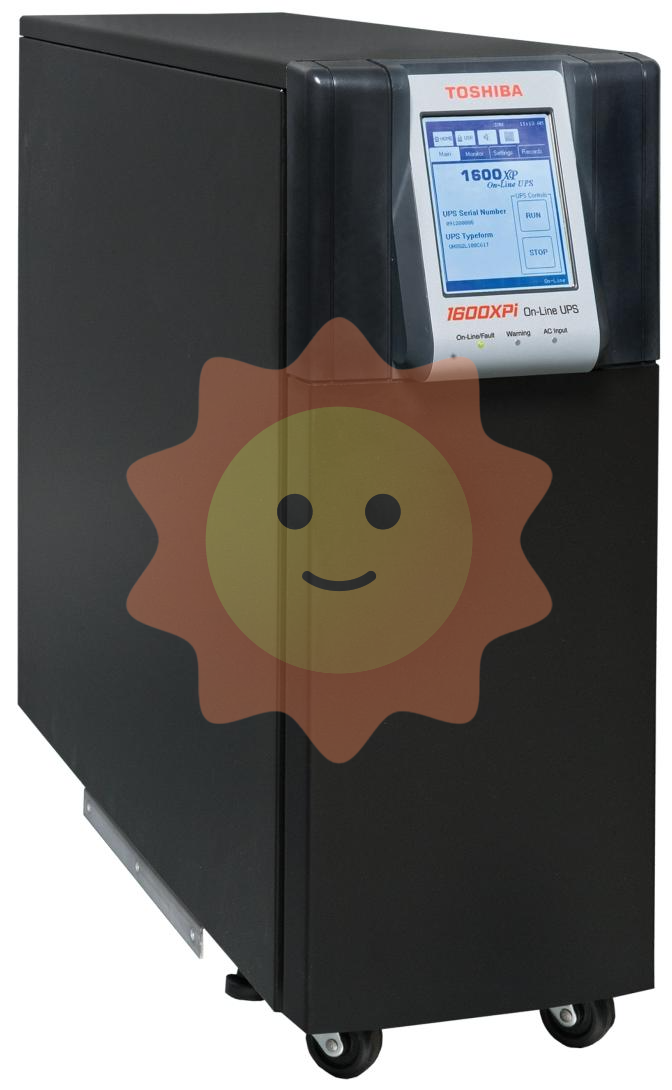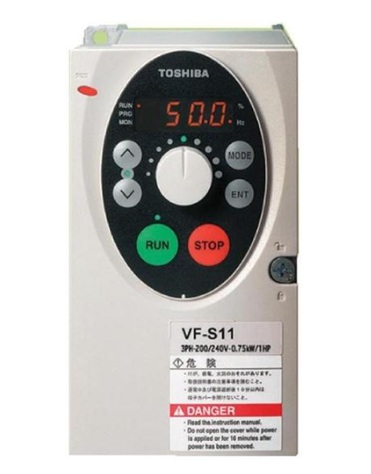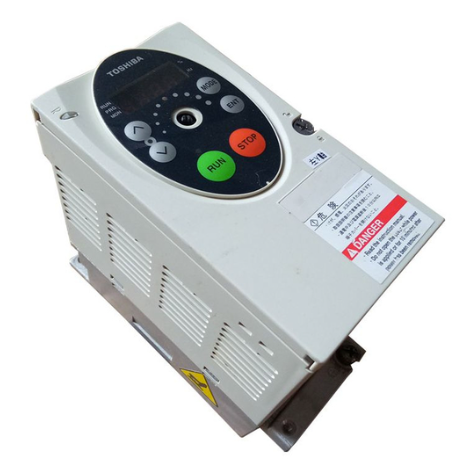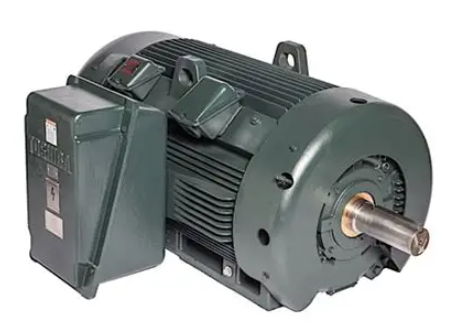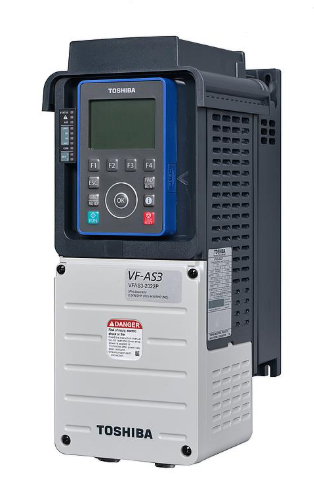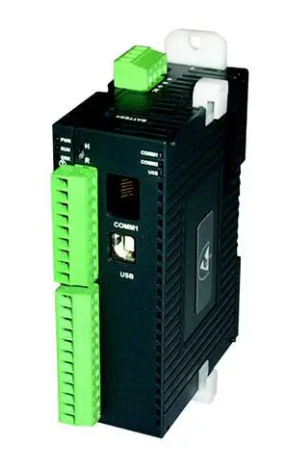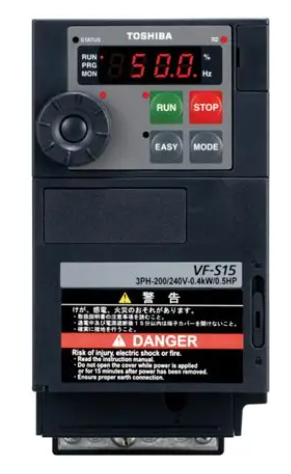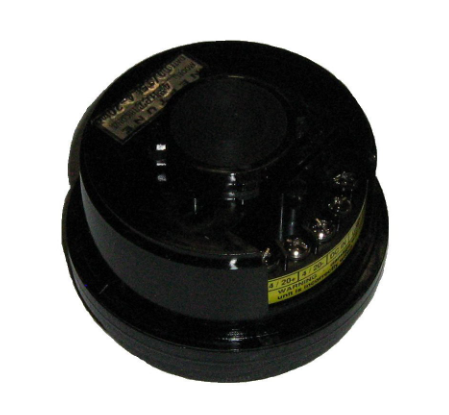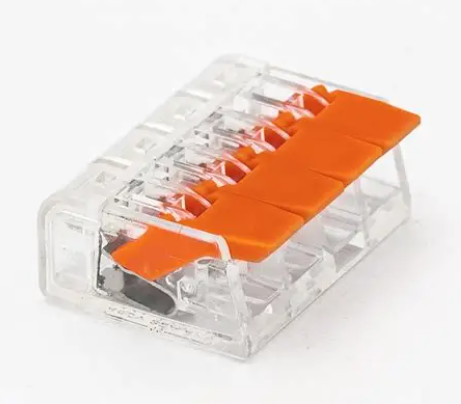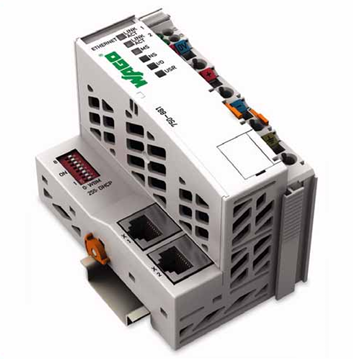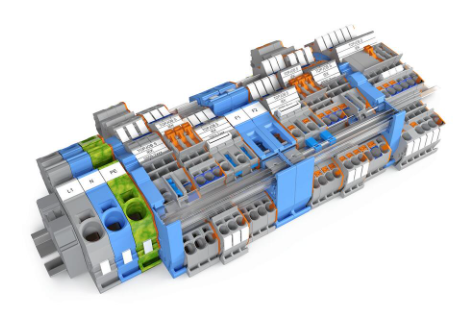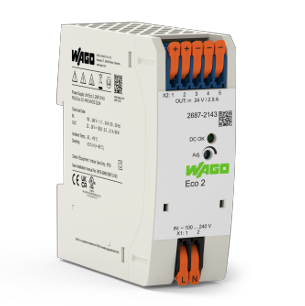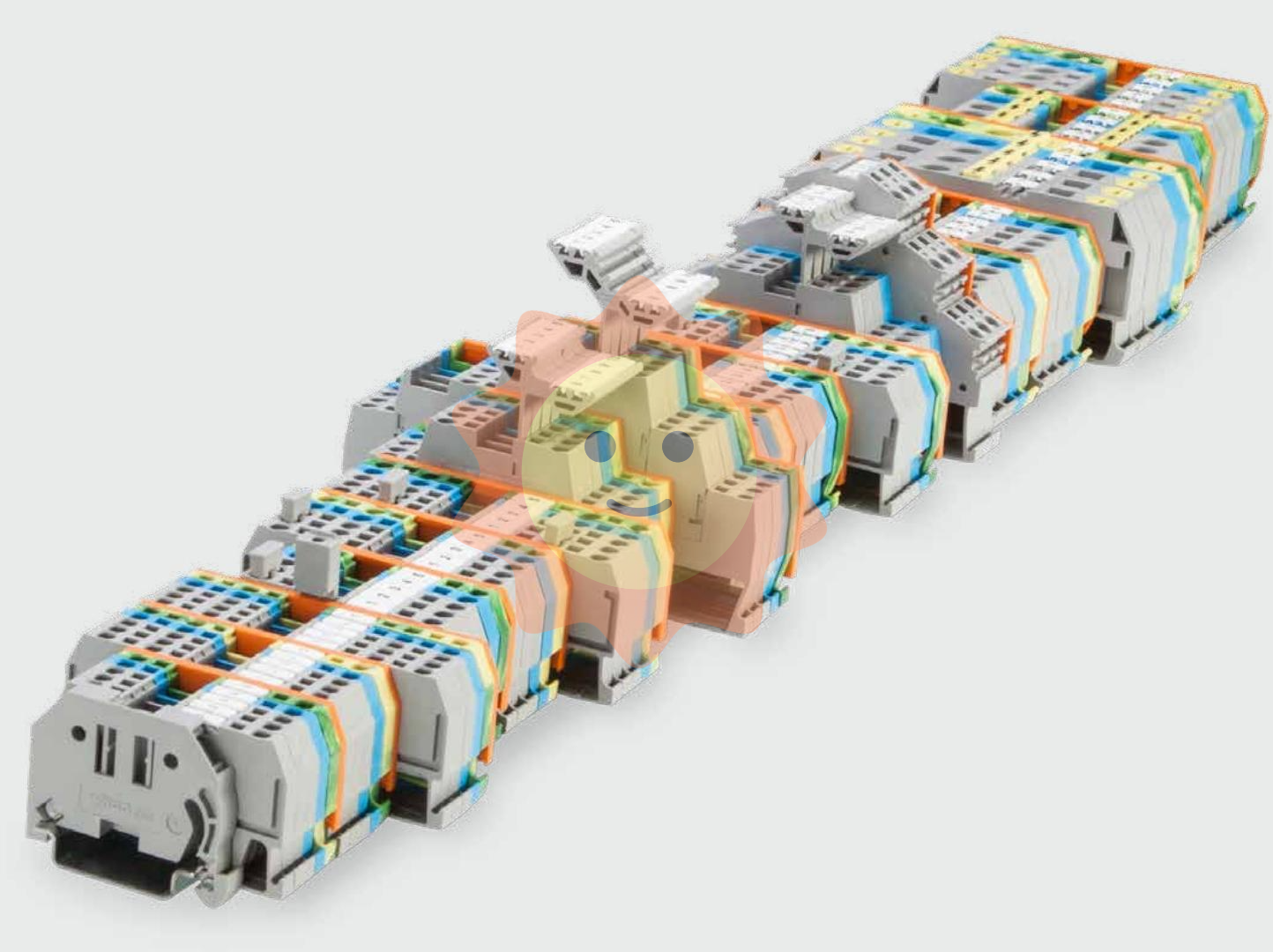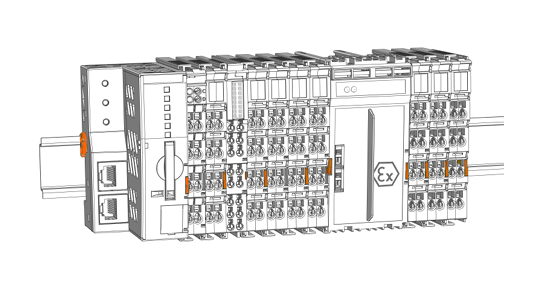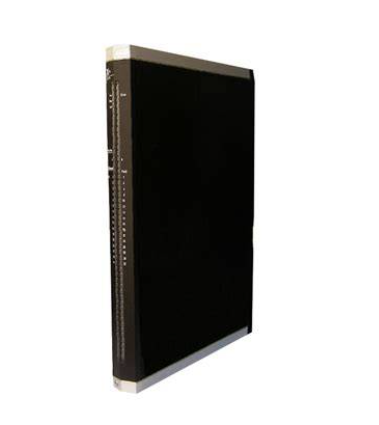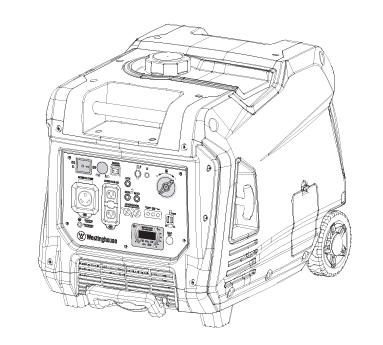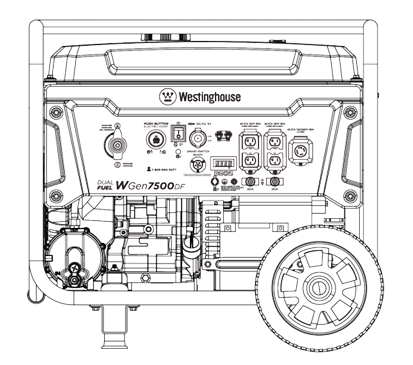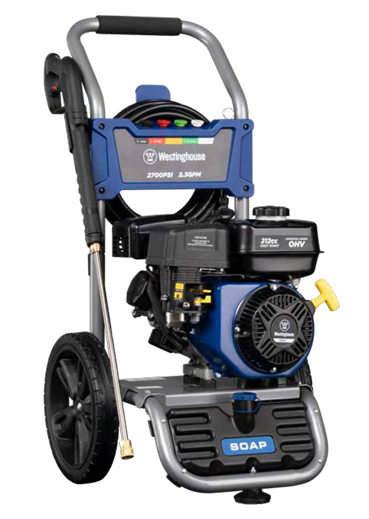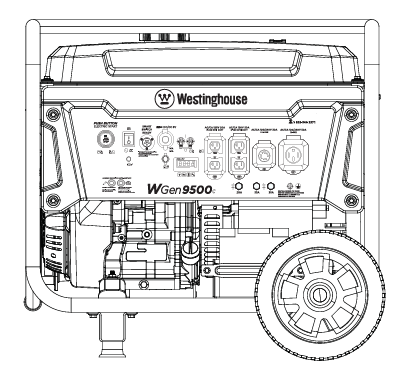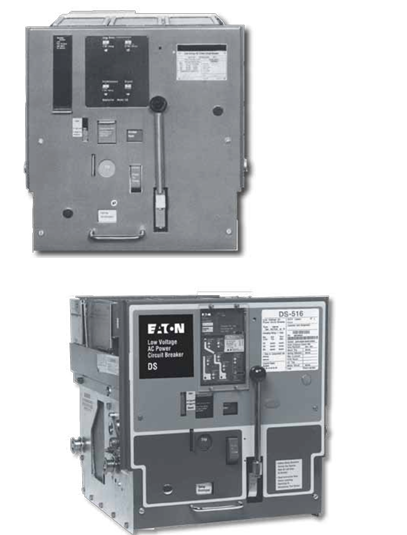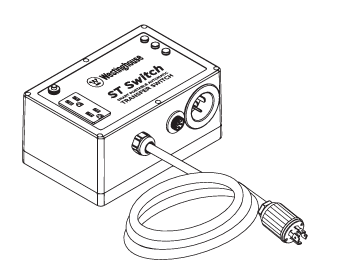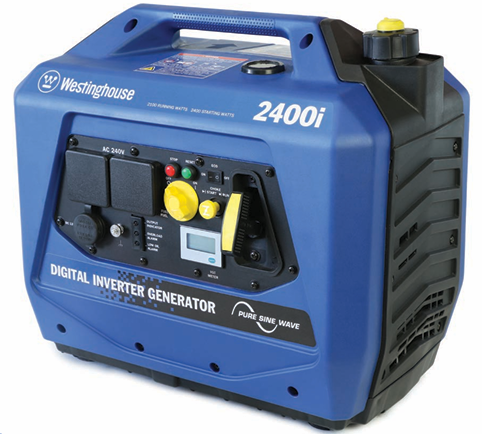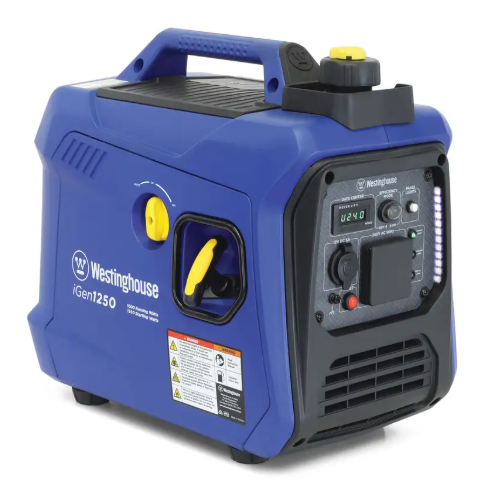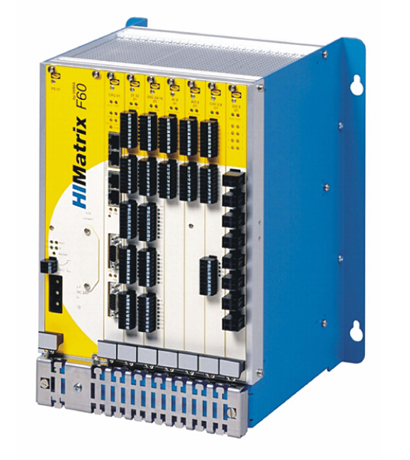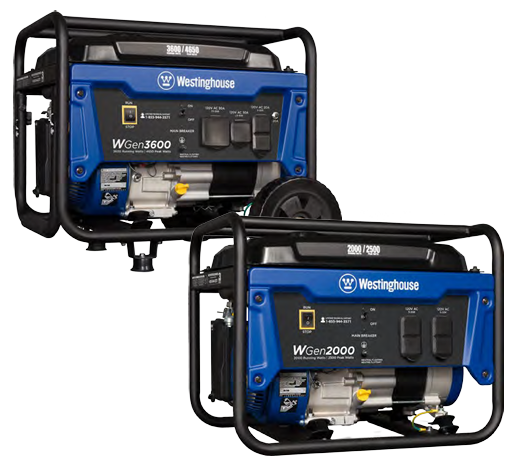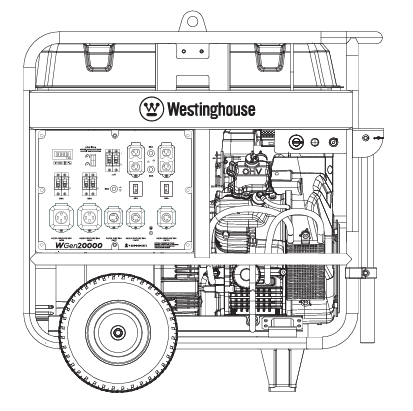HONEYWELL TC-OAV081 Analog Output Module
HONEYWELL TC-OAV081 Analog Output Module
Product Overview
The TC-OAV081 module supports logically independent dual Modicon S908 RIO buses and follows the predetermined communication rates in the standard specification. It provides flexible interface options, including 12 S908 RIO F-female electrical interfaces and 12 155M fibre optic interfaces, and supports redundant dual-network fibre-optic ring topology.
Technical Features
Alarm function: the module has a fibre-optic link and power failure relay output alarm function, when the fibre-optic link is detected to be interrupted or power failure, it will send out an alarm signal in time to ensure the stable operation of the system.
Protection function: The electrical interface has 4000V lightning protection, 1.5A overcurrent protection, and 600W surge protection, effectively preventing equipment damage caused by lightning, overcurrent and other external factors.
Power supply characteristics: DC9-36V wide redundant dual power supply design with DC1500V power isolation and reverse connection protection to ensure the stability and safety of the power supply.
Protection level: IP30 protection level, with wave pattern aluminium reinforced chassis, with excellent dust and moisture resistance. Meanwhile, the module adopts the standard industrial 35mm mounting method, which is easy to be integrated and deployed in industrial automation control system.
Application Areas
The TC-OAV081 module plays an important role in industrial automation control systems by providing stable communication and control functions to ensure efficient system operation. For example, in the automation control system of electric power, chemical industry, metallurgy and other industries, TC-OAV081 module can be used to realise the communication and control between equipments and improve the production efficiency and quality.
Types of IO modules
Digital Input/Output Modules
Digital IO modules are used to handle the input and output of binary signals. They can receive and send digital signals and are commonly used to control logic switches, triggers and other digital devices.
Analogue Input/Output Modules
Analogue IO modules are used to process the input and output of continuous type signals. They can receive and send analogue signals and are typically used to measure and control continuity parameters such as temperature, pressure, voltage, etc.
Configuration Input/Output Modules
Configuration IO modules combine digital and analogue functionality to handle different types of input and output signals simultaneously. They typically offer greater flexibility and configurability for applications that require multiple signal types.
Special Function I/O Modules
Special function IO modules are designed and optimised for specific application areas. For example, high-speed data acquisition modules are used for high-speed data transmission and real-time data processing, industrial control IO modules are suitable for factory automation control systems, and security monitoring IO modules are suitable for security systems.
Working Principle of IO Modules
The working principle of IO modules is based on signal conversion and communication technology. They usually consist of input circuit, output circuit, signal conversion circuit and communication interface.
Input Circuit
Input circuits are used to receive signals sent from external devices and convert them into signals that can be read by a computer system or control system. These input circuits usually include filters, amplifiers and analogue-to-digital converters to ensure stable signal transmission and accurate data acquisition.
Output Circuits
Output circuits are used to convert signals generated by a computer system or control system into a form required by an external device. These output circuits usually include digital to analogue converters, current amplifiers and driver circuits etc. to ensure correct signal transmission and accurate execution of operations.
Signal Conversion Circuits
Signal conversion circuits are used to convert input signals to output signals accordingly. They can convert analogue signals to digital signals or vice versa. These conversion circuits typically include analogue-to-digital converters (ADCs), digital-to-analogue converters (DACs), comparators, etc.
Communication Interfaces
IO modules typically have various communication interfaces for exchanging data and communicating with computer systems or other external devices. These interfaces can be serial interfaces (RS232, RS485), Ethernet interfaces, USB interfaces, or CAN bus interfaces, among others.

- User name Member Level Quantity Specification Purchase Date
- Satisfaction :
-









Email:wang@kongjiangauto.com

